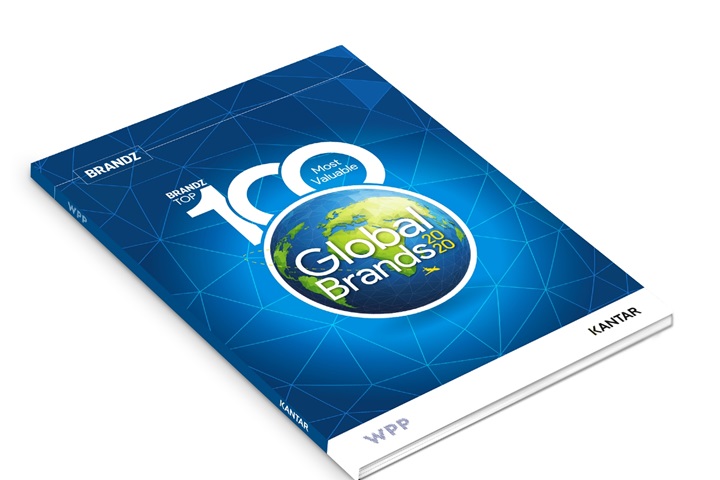Note: This article is part of a collection of the best brand-building and thought leadership articles from our BrandZ reports in 2020. This article can be found in the BrandZ Top 75 Most Valuable Indian Brands 2020.
Empathy has been defined and redefined throughout the history of its existence. However, never has this word had as loaded a meaning as during this COVID-19 pandemic. Brands have been trying to be purposeful for the past few years with cycles of “wokeness.” Up until now, however, for most brands such exercises were an add-on communication to align with the general climate of the community. There was also a certain amount of FOMO – fear of missing out – that kept brands from staying on the purpose bandwagon.
COVID-19 has changed it all. That it was never enough to just “say” was obvious, but scrutiny around whether brands are “walking the talk” is more intense than ever. In the Elderman Trust Barometer, 86 percent of Indians surveyed say a brand should do, “Whatever possible to protect the wellbeing and financial security of employees and suppliers, even if brings financial losses.” The ubiquity of social media means that any perceived empathy deficits will be met with an immediate backlash. For example, bosses of large companies asking staff to take unpaid leave has triggered huge negative responses amongst the public.
Empathy is not an easy task even in the best of times due to its possible moral ambiguity. The concept of “empathy” can lead us down two morally conflicting paths. It can mean a willingness to understand an individual’s situation in order to inspire compassion. But it can also mean a blind emotion that gets in the way of rational thinking – a form of tribalism. As brands go beyond their functional promises to empathise, they need to be careful of which route they choose.
Even pre-COVID-19, there was already a restless mass of Centennials challenging the establishment on the streets across the world and in the metros of India. This trend has only grown as COVID-19 has exposed deep social faultlines.
A recent example of how empathy can reinforce stereotypes is in an ad made by a leading water purifier brand. This brand tried to put itself in the shoes of an Indian homemaker worried about whether their domestic help was bringing COVID-19 into the house. To launch its new bread and atta maker, this brand insinuated that domestic helpers are threatening carriers of infection, and that the best way to protect families is by using an automated dough maker (rather than relying on helpers’ hand-kneaded dough). The ad backfired spectacularly for its perceived callousness towards helpers, and the brand had to apologise.
In the best of times, it is easier to sympathise than to empathise, especially when there is a language and class divide between those creating the brand proposition in “India” and those receiving the message in “Bharat.” It is, furthermore, easier for brands to simply mimic emotions that are seen during a simple, cursory read of social media trends and editorials. It is much harder for a brand to genuinely try to understand a problem in its entirety, and to go beyond advertising and tweak its business model to truly “walk the talk.”
Some 92 percent of people in Kantar’s June COVID-19 Barometer in India say they have faced a real loss of income. How can a brand even try to sympathise with job loss, loss of aspiration, and loss of a future? Similarly, the Solicitor General of India recently informed the Supreme Court that 9.7 million migrant workers have been transported home. Estimates suggest another 2.7 million are still stranded. This is pain at a scale never seen before.
Another major shift – that was present before the pandemic, but has only grown in force ever since – is that today’s customer expects authenticity. She is willing to forgive lapses in service or product if she believes the brand has tried its honest best.
So it makes sense that empathy will have to be different in today’s context. Namely, it will have to incorporate some of the following themes:
- Gratitude. A new manifestation of empathy could simply be gratitude. #Heartwork, a social media campaign by Pepsi Foods highlighting its workers, is an excellent example of the power of simple gratitude.
- Courage. Courage is a willingness to understand others’ viewpoints and stand with them even if doing so does not align with public opinion. In Kantar’s COVID-19 Barometer survey, we find Centennials expect brands to lead the change. This means brands need to be braver than they have been before. Brands will need to take on prejudices and challenge stereotypes at the risk of alienating a section of their buyers. They will do well to remember that the next generation of buyers are watching carefully.
- Optimism. Brands can’t take away suffering, but they can build the hope of normal – of those comfortingly everyday habits and rituals that brands have always facilitated. Hyundai’s “Haq hai hamara” simply salutes the resolve of people to stay strong: the resolve of normal, ordinary people who have the right to freedom, free will, and spirit.
Brands need to understand customers beyond the marketplace – as humans with the indomitable human spirit to overcome, but also human foibles and prejudices. Brands will need to try to walk in our shoes, help us in our daily struggles, give us hope, and appeal to our better selves. The next generation is watching!
For more perspectives and insight like this, check out the BrandZ Top 75 Most Valuable Indian Brands 2020 report, and the BrandZ Top 100 Most Valuable Global Brands 2020 report.


